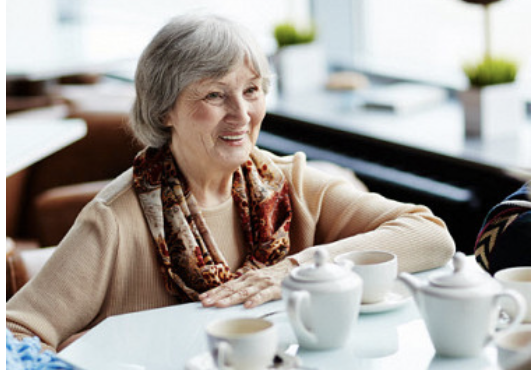Living with Parkinson’s disease presents unique challenges, especially as the condition progresses. Seniors may struggle with mobility, coordination, speech, and memory. For many families, a retirement home becomes a safe and supportive environment where their loved one can live with dignity and professional care.
 Why Choose a Retirement Home for Parkinson’s Care?
Why Choose a Retirement Home for Parkinson’s Care?While some seniors with Parkinson’s live independently or with in-home care, retirement homes offer several advantages, especially in the mid to advanced stages of the disease:
Timely administration of Parkinson’s medication is crucial for symptom control. Retirement homes ensure strict adherence to prescribed schedules and monitor for side effects.
Ask questions regarding retirement homes to our experts
Staff help residents with dressing, bathing, eating, toileting, and mobility. These supports reduce injury risk and ensure seniors remain as independent as possible.
Residences are designed with grab bars, non-slip flooring, wide hallways, and emergency call systems to minimize fall risks and support physical challenges.
Retirement homes often provide access to or arrange on-site therapy services to help residents maintain muscle strength, balance, and coordination.
As swallowing becomes more difficult, retirement homes work with dietitians to modify meals, ensure hydration, and prevent malnutrition.
Structured activities such as music therapy, art classes, or gentle fitness sessions help reduce isolation and depression, which are common in Parkinson’s patients.
| Support Service | Description | Why It’s Important for Parkinson’s |
|---|---|---|
| Medication Management | Scheduled delivery of Parkinson’s meds | Ensures effectiveness and symptom control |
| Mobility Assistance | Help with walking, transferring, fall prevention | Reduces risk of injury from tremors or freezing |
| Therapy Access | Physiotherapy, OT, speech therapy available on-site or coordinated externally | Maintains independence and slows progression |
| Dining Support | Modified meals and supervision for swallowing difficulties | Prevents malnutrition and choking |
| Hygiene Assistance | Help with grooming, dressing, bathing | Promotes dignity and reduces caregiver strain |
| Social Activities | Group events, classes, games, outings | Improves mood, memory, and cognitive stimulation |
They provide round-the-clock assistance with mobility, medication, therapy, and daily routines. Homes also offer safe environments and opportunities for social engagement.
Residents may receive physiotherapy to maintain balance and strength, occupational therapy to improve fine motor skills, and speech therapy to address voice and swallowing difficulties.
No. Only select retirement homes have staff trained in neurodegenerative diseases like Parkinson’s. It’s important to ask about staff qualifications and therapy availability.
Yes. Meals are often modified for texture and ease of swallowing. Dietitians can create customized menus to meet each resident’s needs.
Monthly costs range between $4,000 and $7,000, depending on the province, level of care, and amenities offered. Parkinson’s-specific care typically adds to the overall cost.
Retirement homes play a vital role in supporting the daily life of seniors with Parkinson’s by offering specialized care, safe environments, and compassionate assistance. From medication scheduling to therapy access and social engagement, these residences help seniors live with greater comfort, safety, and dignity.
When evaluating options, focus on facilities with trained staff, Parkinson’s-specific programs, and a comprehensive approach to physical and emotional care. A good retirement home is more than a place to live — it’s a place where seniors can thrive despite their diagnosis.
Don't hesitate to contact us at 343 309 5289 or online. We can help you choose the right establishment for you and assist you in your search.

Find a suitable senior residence